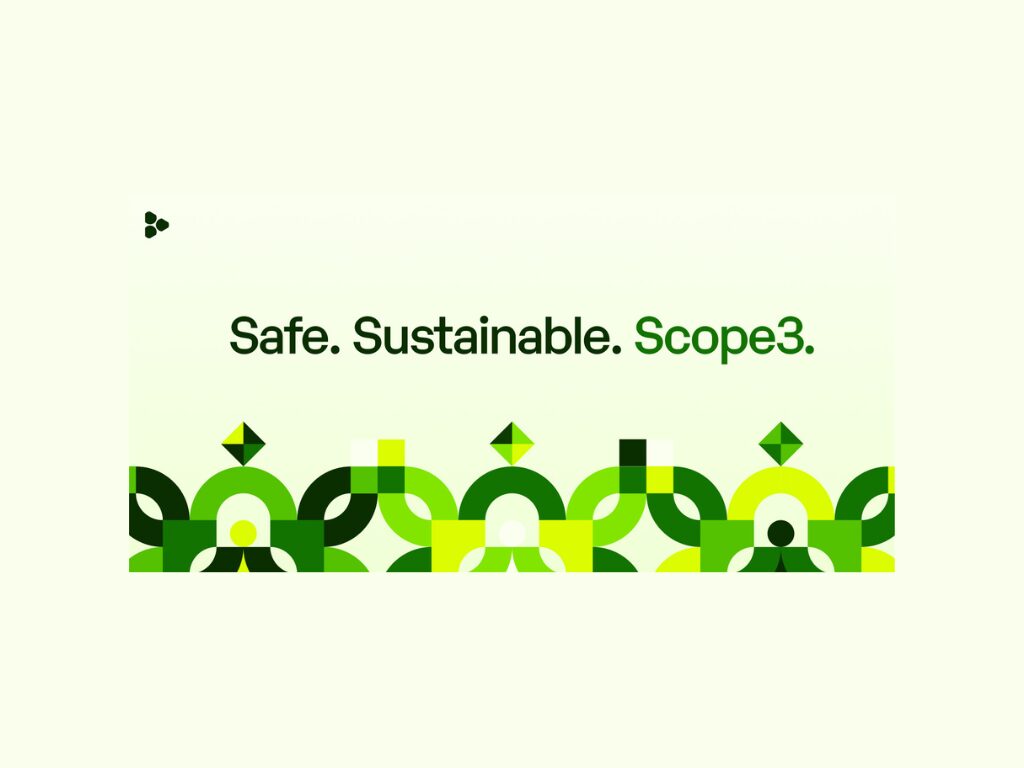
Own It: How Alyssa Toro From Connelly Partners, Owns It
Senior Partner and Chief Creative Officer Alyssa Toro has worn many hats throughout her life—designer, creative, pro athlete, entrepreneur, health coach, and mom. As a part owner of Connelly Partners,...
































